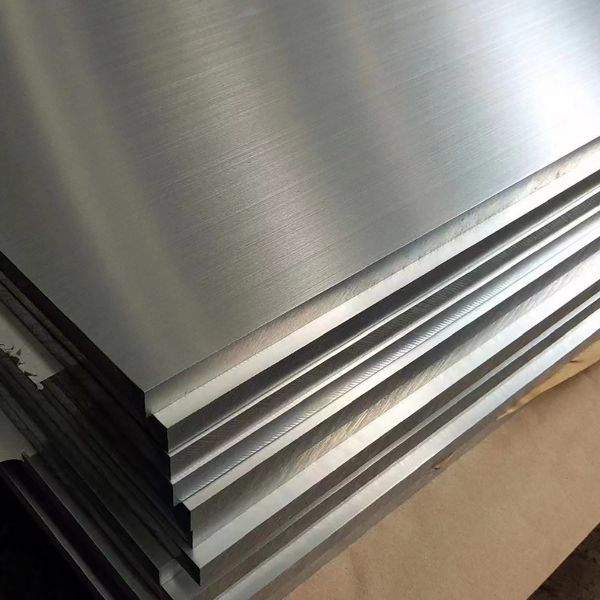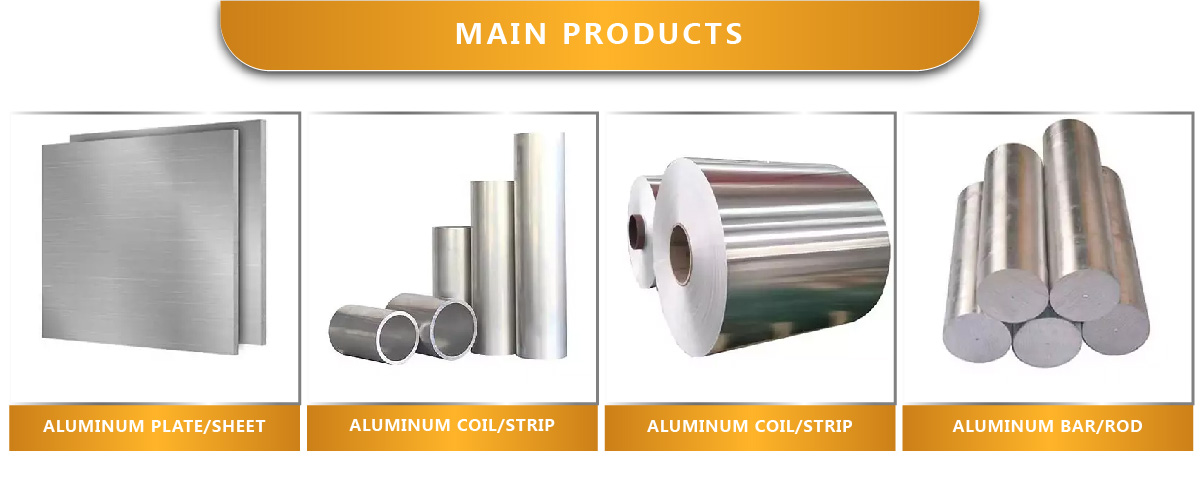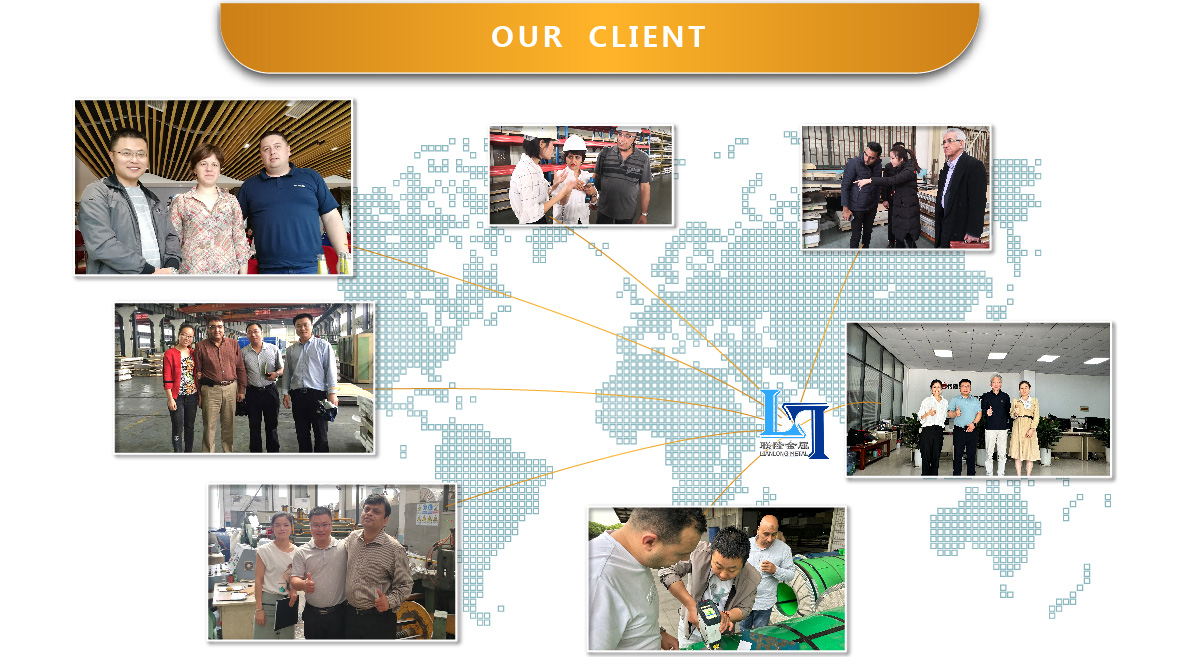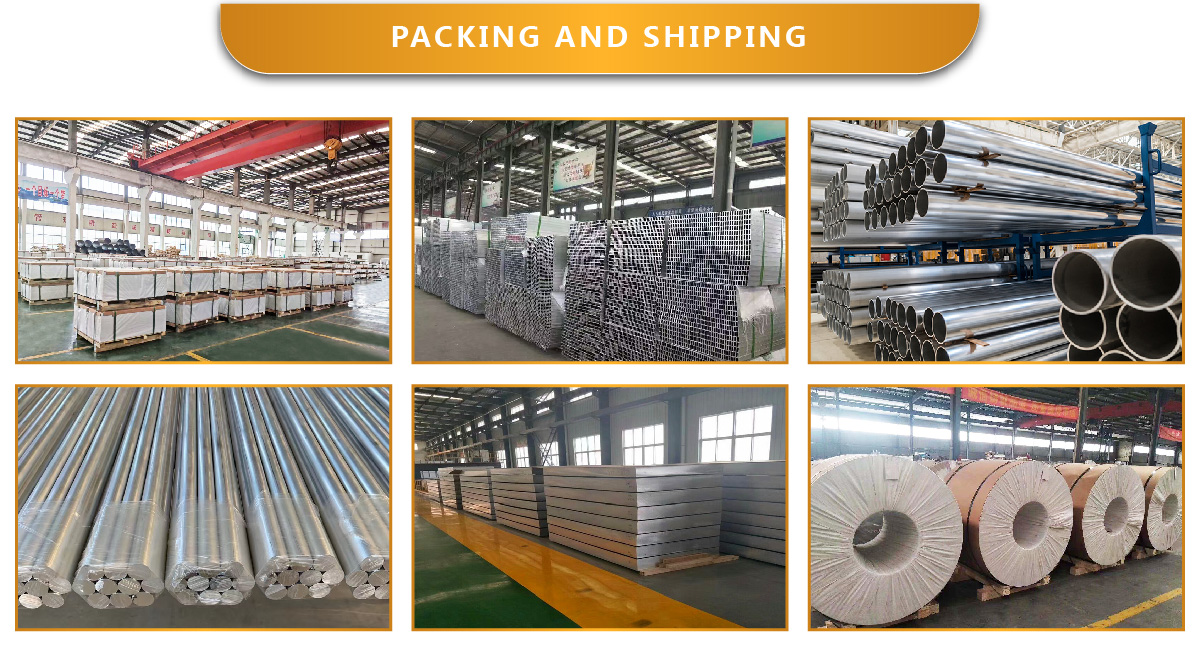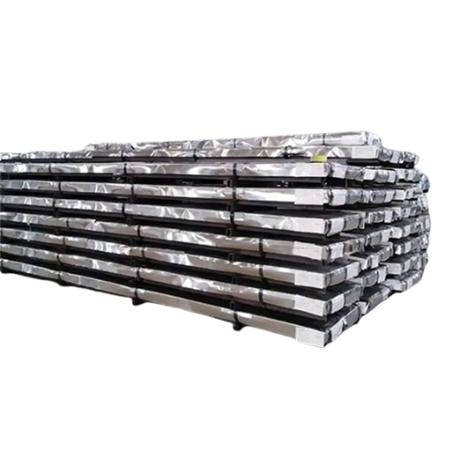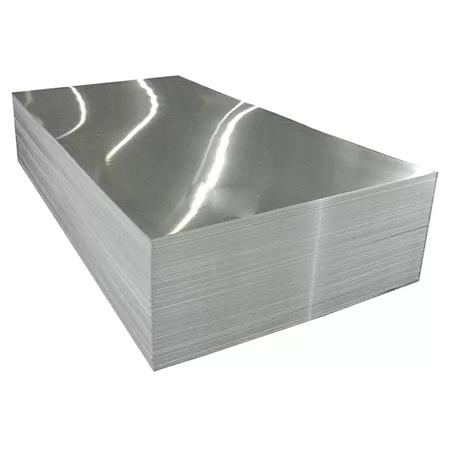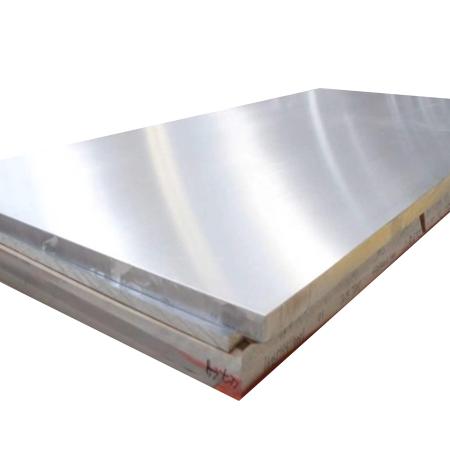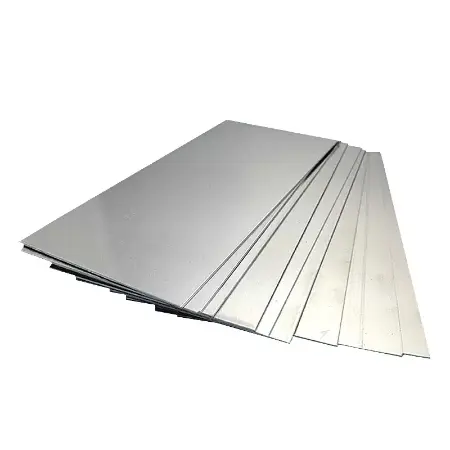Main Composition: The main alloying elements of 6061 aluminum alloy are magnesium and silicon, and it also contains small amounts of elements such as copper, manganese, iron, zinc, chromium, and titanium. Among them, magnesium and silicon form the Mg₂Si phase, which is the strengthening phase of the alloy.
Characteristics
- Moderate Strength: After T6 heat treatment, the tensile strength is usually around 290MPa - 310MPa, and the yield strength is approximately 240MPa - 270MPa, which can meet the strength requirements of various structural components.
- Good Corrosion Resistance: In the atmospheric environment, a dense oxide film can be formed on its surface, which can prevent further corrosion and is suitable for use in different environments.
- Weldability: It has good welding performance. Gas welding, arc welding, contact spot welding, and wire welding all have good effects, making it convenient to be processed into various structural components.
- Good Anodizing Effect: After anodizing treatment on the surface, the color is uniform and beautiful, and it can further improve the corrosion resistance and wear resistance.
- Easy Machinability: It has good machinability and can be easily formed into various shaped components through forging, extrusion, machining, etc. Moreover, problems such as cracks and deformations are less likely to occur during the machining process.
"T6" indicates that the alloy is in the state of artificial aging after solution heat treatment. Solution treatment can make the strengthening phase in the alloy fully dissolve into the aluminum matrix, and then through artificial aging, the strengthening phase precipitates from the aluminum matrix, thereby increasing the strength and hardness of the alloy.
- Aerospace Field: It can be used to manufacture aircraft structural components, such as wings, fuselage frames, engine components, etc. While meeting the strength requirements, it can also reduce the weight of the aircraft and improve fuel efficiency.
- Automotive Manufacturing Field: It is commonly used to manufacture components such as automotive engine blocks, cylinder heads, bodies, doors, roofs, and chassis. It helps to achieve the lightweighting of automobiles, improving the vehicle's acceleration performance, fuel economy, and handling performance.
- Shipbuilding Industry Field: It can be used to manufacture ship decks, cabin structures, hull shells, etc. Its good corrosion resistance can resist the erosion of seawater and ensure the service life of the ship.
- Construction Industry: It is suitable for manufacturing building doors and windows, curtain walls, roofs, balconies, etc. Its characteristics of being lightweight, high-strength, corrosion-resistant, and beautiful can meet the functional and decorative requirements of buildings.
- Electronics and Electrical Field: With its high thermal conductivity and good processing performance, it can be used to manufacture TV backplanes, LED radiators, electronic device housings, etc., effectively dissipating the heat generated during the operation of the equipment and extending the service life of the equipment.
- Mechanical Manufacturing Field: It can be processed into various mechanical parts, such as gears, shafts, fixtures, molds, etc., meeting the requirements of mechanical parts for strength, hardness, and wear resistance.
- Internal Stress Control: Residual internal stress may occur during the machining process of 6061-T6 aluminum alloy plates, leading to deformation during subsequent use. To reduce internal stress, appropriate machining processes can be adopted, such as stress relief annealing treatment before machining, or methods like step-by-step machining and reasonable arrangement of the machining sequence during the machining process.
- Cutting Machining: Due to its relatively high hardness, suitable cutting tools and cutting parameters need to be selected during cutting machining. For example, cemented carbide tools can be used, and the cutting speed can be appropriately reduced while the feed rate can be increased to improve machining efficiency and quality and reduce tool wear.
- Surface Treatment: To further improve its corrosion resistance, wear resistance, and decorative properties, surface treatment can be carried out on the plates, such as anodizing, electrophoretic coating, powder coating, etc. Before surface treatment, it is necessary to ensure that the surface of the plate is clean, free of oil stains and impurities to ensure the surface treatment effect.
